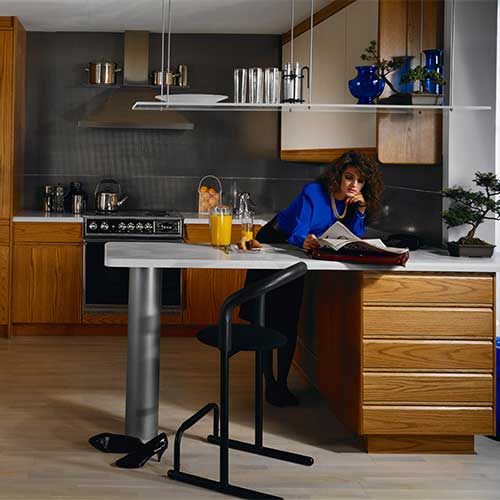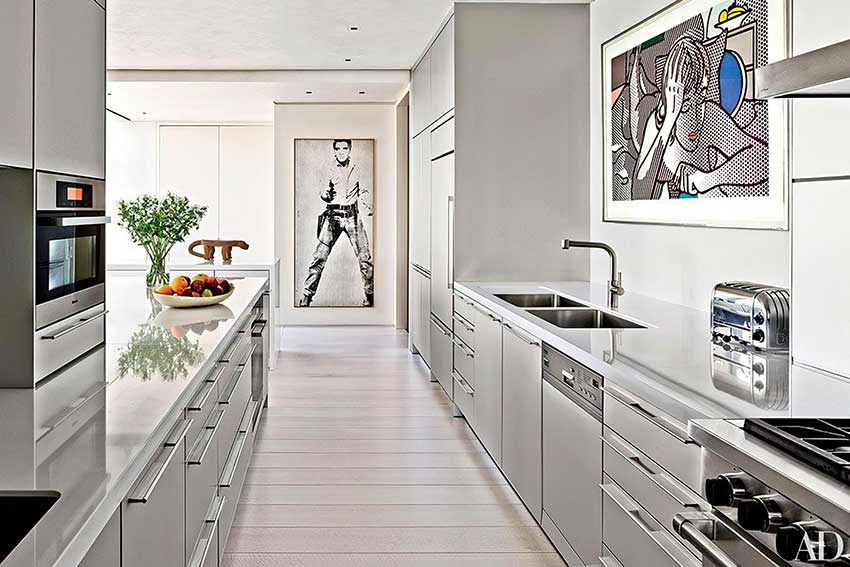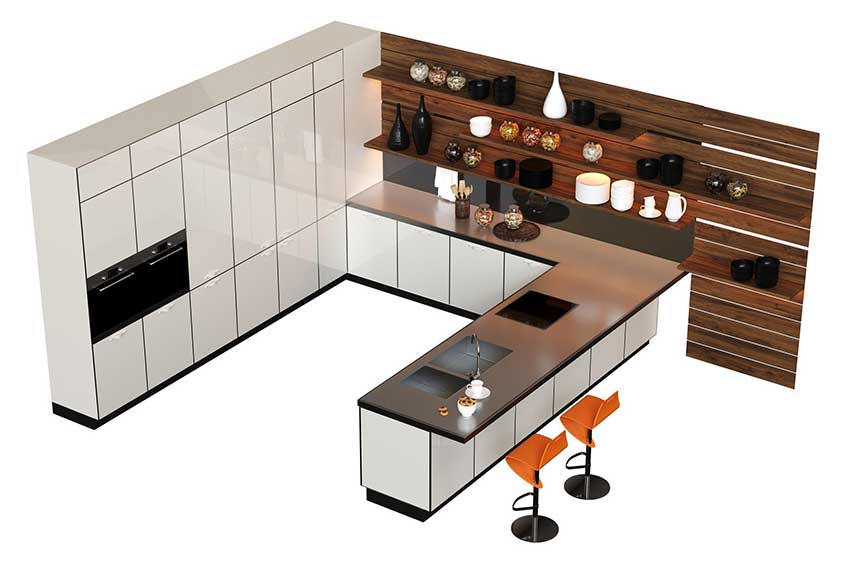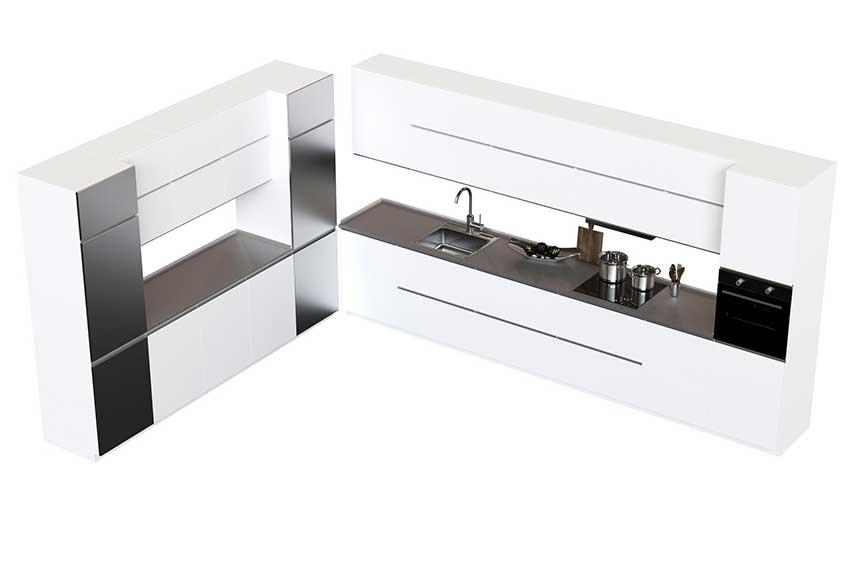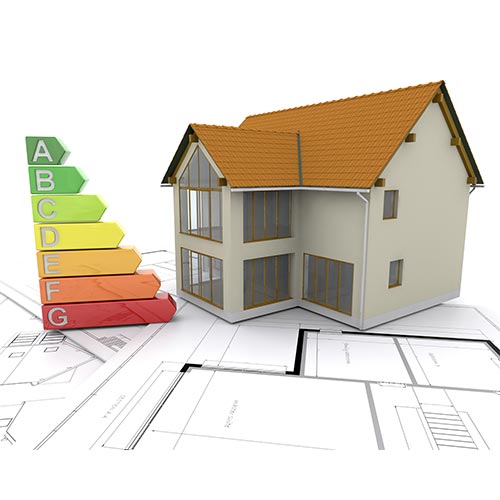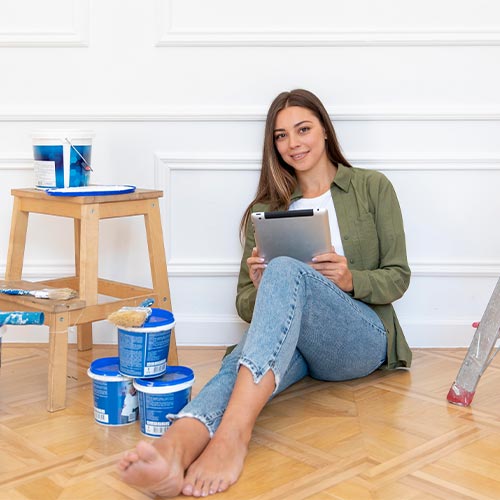How to Design a Functional Kitchen: A Comprehensive Guide
Introduction: The Essence of a Functional Kitchen
Creating a kitchen that seamlessly combines style and functionality is an art. Whether you are renovating your space or building from scratch, understanding how to design a functional kitchen is key to achieving a balance between aesthetics and efficiency. In this guide, we’ll explore practical tips and innovative ideas that will help you craft a kitchen that meets your needs and enhances your daily living experience.
When considering how to design a functional kitchen, start with the basics: layout, storage, lighting, and appliances. A well-designed kitchen not only looks beautiful but also allows you to cook, clean, and entertain effortlessly. This article will walk you through every aspect of designing a kitchen, ensuring your space is as functional as it is visually appealing.
How to design a functional kitchen requires thoughtful planning. The placement of cabinets, countertops, and appliances should be intuitive. Each component should work harmoniously to create a cohesive and practical environment. At the heart of the process is understanding your specific needs and translating them into design elements that elevate your kitchen’s functionality.
For many homeowners, the question of how to design a functional kitchen starts with choosing the right layout. From the classic work triangle to open-concept designs, there are numerous options to consider. A functional kitchen prioritizes ease of movement, adequate storage, and sufficient countertop space. By focusing on these elements, you can ensure your kitchen works efficiently for your lifestyle.
One of the critical aspects of how to design a functional kitchen is selecting the right materials and finishes. Durable countertops, high-quality cabinetry, and energy-efficient appliances contribute to a kitchen that stands the test of time. Additionally, incorporating smart technology can enhance your kitchen’s efficiency and convenience, making everyday tasks more manageable.
In this guide, we’ll delve into various aspects of how to design a functional kitchen, offering tips and insights for every step of the process. From planning and budgeting to selecting materials and finalizing details, you’ll find everything you need to transform your kitchen into a functional and inviting space.
Transform Your Space with BUILPIRE – Book Your Consultation Today!
Planning Your Kitchen Layout
The layout is the foundation of a functional kitchen. Here are some popular layout designs:
- L-Shaped Kitchen: Ideal for small to medium spaces, this layout offers ample counter space and flexibility.
- U-Shaped Kitchen: Perfect for larger spaces, providing maximum storage and countertop area.
- Galley Kitchen: Efficient for compact spaces, with two parallel countertops.
- Island Kitchen: Great for open-concept homes, offering additional prep and seating areas.
When deciding how to design a functional kitchen, consider your cooking habits, available space, and the number of people who will use the kitchen regularly. A well-planned layout ensures smooth workflow and maximizes efficiency.
Storage Solutions for a Functional Kitchen
Storage is a critical component of a functional kitchen. To optimize storage:
- Use vertical space with tall cabinets.
- Install pull-out shelves for easy access.
- Incorporate a pantry for bulk storage.
- Utilize under-cabinet spaces with hooks and racks.
Effective storage solutions make your kitchen clutter-free and accessible, answering the question of how to design a functional kitchen with practical results.
Choosing the Right Appliances
Selecting appliances is a vital part of designing a functional kitchen. Consider energy-efficient models that fit your needs and space. Built-in appliances, such as ovens and dishwashers, create a streamlined look and enhance functionality. Smart appliances can further improve efficiency and convenience.
Lighting: A Key Design Element
Lighting plays a crucial role in a functional kitchen. Layered lighting, including ambient, task, and accent lighting, ensures the space is well-lit and welcoming. Under-cabinet lighting is particularly useful for illuminating countertops, making food preparation safer and easier.
Incorporating Smart Features
Smart technology is revolutionizing kitchen design. Features like voice-controlled faucets, app-connected appliances, and motion-sensor lighting add convenience and modernity to your kitchen. When considering how to design a functional kitchen, integrating smart elements can significantly enhance usability.
Materials and Finishes
Durable and easy-to-clean materials are essential for a functional kitchen. Quartz countertops, stainless steel appliances, and hardwood or tile flooring are popular choices. Select finishes that complement your home’s overall design while prioritizing durability and low maintenance.
Why Choose Builpire for Your Kitchen Design Needs
At Builpire, we specialize in transforming kitchens into functional and stylish spaces. With years of experience in interior design and renovation, our team works closely with clients to bring their vision to life. From layout planning to material selection, Builpire offers comprehensive services tailored to your needs. Trust us to answer your questions about how to design a functional kitchen and deliver results that exceed expectations.
For more ideas and guidance, follow us on Instagram.
FAQs About Kitchen Design
1. What is the best layout for a small kitchen? The best layout for a small kitchen is the galley or L-shaped design. These layouts maximize space by utilizing vertical storage and compact work areas, ensuring efficiency and ease of movement.
2. How can I make my kitchen more energy-efficient? To make your kitchen energy-efficient, invest in Energy Star-rated appliances, use LED lighting, and consider smart features that allow you to monitor and reduce energy consumption.
3. What is the most durable countertop material? Quartz is one of the most durable countertop materials. It is scratch-resistant, non-porous, and easy to maintain, making it an excellent choice for functional kitchens.
4. How do I choose the right lighting for my kitchen? Choose layered lighting with a combination of ambient, task, and accent lighting. Focus on under-cabinet lights for countertops and pendant lights for islands to enhance functionality and aesthetics.
5. What are the latest trends in kitchen design? Current trends include smart technology, eco-friendly materials, bold color palettes, and mixed textures. Incorporating these elements can create a modern and functional kitchen tailored to your preferences.
By following the tips in this guide and consulting experts like Builpire, you can create a kitchen that’s both beautiful and functional, meeting all your needs with style and efficiency.

